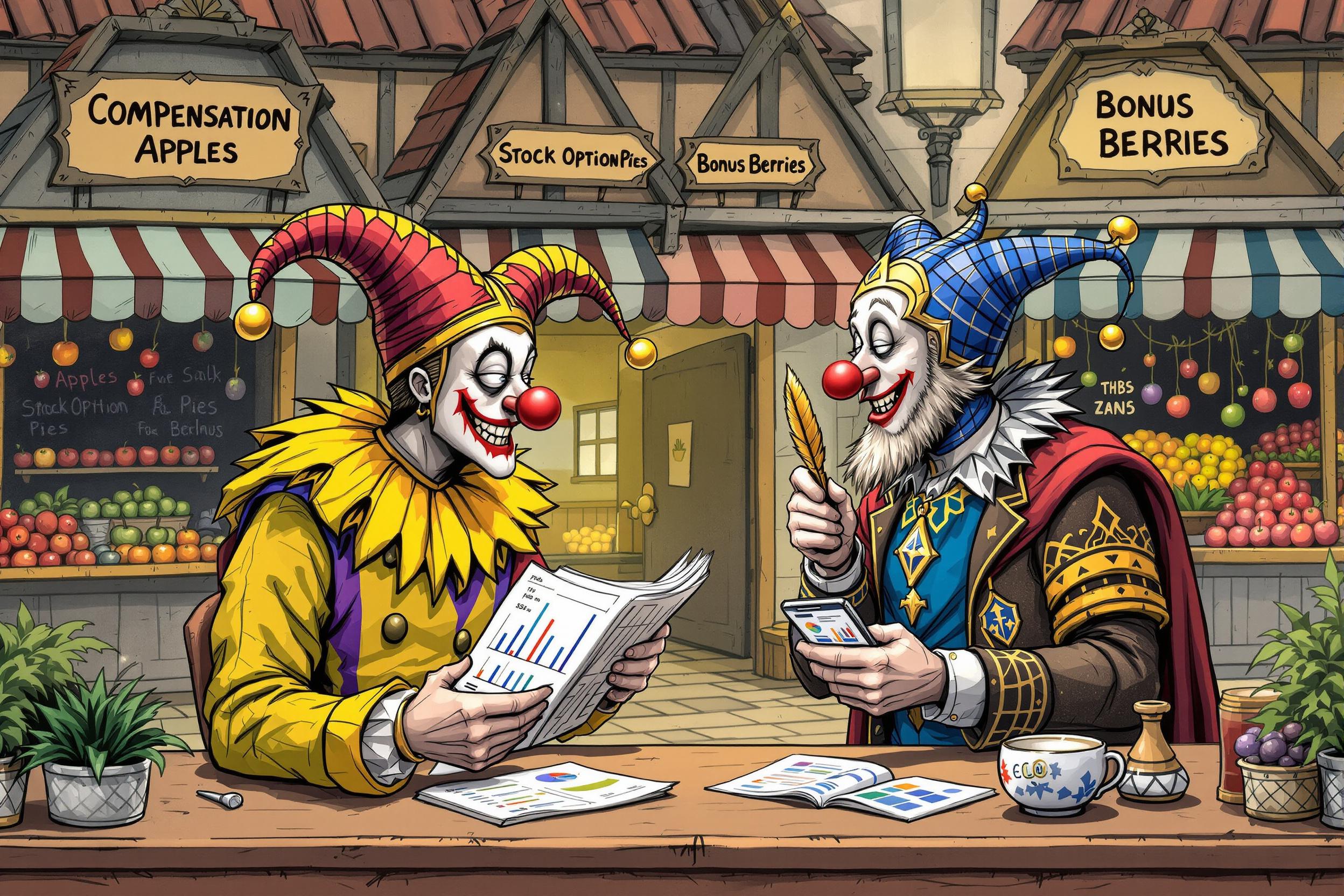
Market Value
Market Value refers to the current price that an antique or collectible item could realistically sell for in today's market. It's different from insurance value or replacement value. People who work with antiques need to understand market values because they help determine buying and selling prices, insurance needs, and investment potential. This knowledge comes from watching auction results, studying price guides, and keeping up with current market trends. Sometimes also called "Fair Market Value" or "Current Market Value," it represents what a willing buyer would pay a willing seller when neither is under pressure to complete the sale.
Examples in Resumes
Accurately assessed Market Value for over 500 pieces of Victorian furniture annually
Developed database tracking Market Value trends in fine art and collectibles
Successfully negotiated purchases based on Market Values and Fair Market Values of rare coins and stamps
Typical job title: "Antique Appraisers"
Also try searching for:
Where to Find Antique Appraisers
Professional Organizations
Online Resources
Networking Platforms
Example Interview Questions
Senior Level Questions
Q: How do you determine market value when there are no recent comparable sales?
Expected Answer: A senior appraiser should discuss multiple approaches including historical data analysis, condition assessment, market trend analysis, and consulting with specialist networks. They should mention adjusting for current market conditions and explaining their methodology to clients.
Q: How do you handle situations where an item's market value has significantly decreased since a client's purchase?
Expected Answer: Should demonstrate diplomatic communication skills, ability to explain market changes professionally, and experience in providing documentation and alternative options for the client.
Mid Level Questions
Q: What resources do you use to track market values?
Expected Answer: Should mention auction databases, price guides, market reports, and professional networks. Should explain how they verify and cross-reference information from multiple sources.
Q: How do you explain the difference between retail value and market value to clients?
Expected Answer: Should show ability to clearly communicate that retail value often includes markup for overhead and profit, while market value reflects direct buyer-to-seller transactions.
Junior Level Questions
Q: What factors affect an item's market value?
Expected Answer: Should list basic factors like condition, rarity, age, provenance, and current market demand. Should show understanding of how these factors interact.
Q: How do you research an item's market value?
Expected Answer: Should demonstrate familiarity with basic research tools like price guides, auction results, and online databases. Should mention the importance of checking multiple sources.
Experience Level Indicators
Junior (0-2 years)
- Basic item identification
- Using price guides and databases
- Understanding condition grades
- Basic market research
Mid (2-5 years)
- Detailed condition assessment
- Market trend analysis
- Authentication skills
- Client relationship management
Senior (5+ years)
- Complex valuation cases
- Market prediction
- Expert witness services
- Training and mentoring
Red Flags to Watch For
- Unable to explain valuation methodology
- No knowledge of major price guides or databases
- Lack of understanding about market trends
- No experience with condition grading
- Cannot explain difference between various types of value (market, insurance, replacement)
Related Terms
Need more hiring wisdom? Check these out...

Unlocking the Competitive Edge: Benchmarking Your Talent Acquisition Metrics

When Hiring from Competitors: Goldmine or Landmine?

The Hidden Art of Salary Negotiation: How to Win Hearts Without Going Broke

